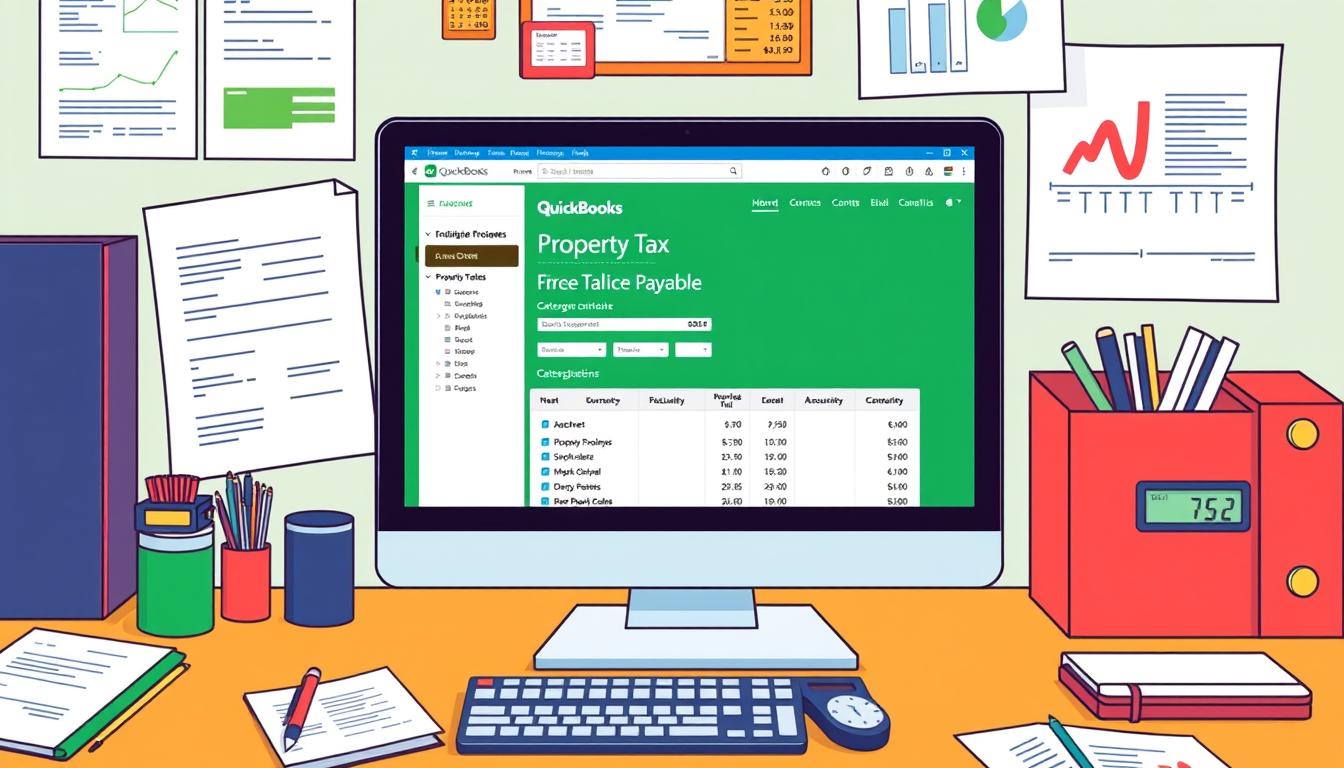
How to track loan payments in quickbooks
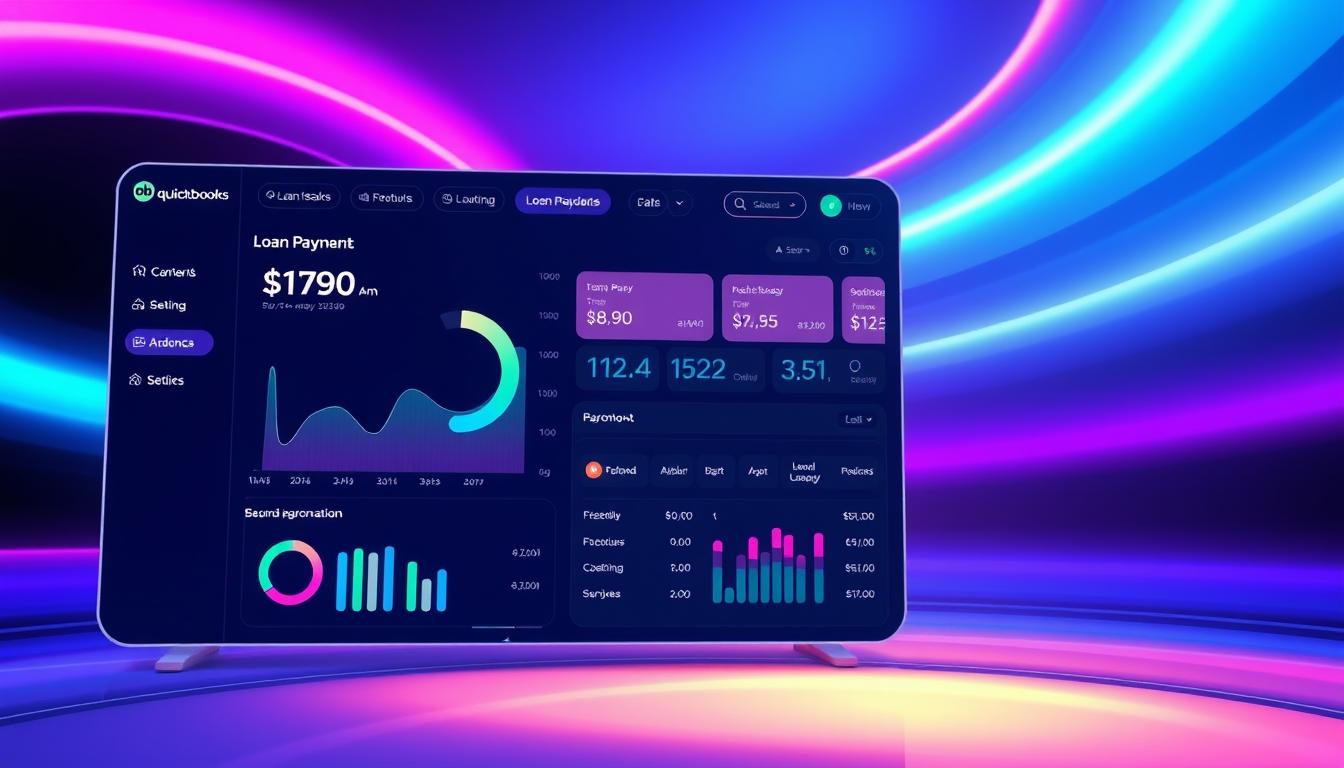
Table of Contents
Tracking loan payments is key for businesses. QuickBooks is a great tool for this. It helps manage payments well, making sure your financial reports are right.
Learning to track payments in QuickBooks boosts your business health. It keeps your finances clear. Let’s see how to use QuickBooks for loan payments.
Key Takeaways
- Understanding loan payments is vital for effective financial management.
- QuickBooks streamlines the process of tracking loan payments.
- Accurate tracking can enhance overall business health.
- Setting up loans correctly in QuickBooks is essential.
- Regular reconciliation helps prevent accounting errors.
- Utilizing reports in QuickBooks aids in financial analysis.
Understanding Loan Payments
Loan payments are key for anyone with financing. Knowing the loan payments definition helps manage money well. It’s important to understand how these payments work and their impact on your finances.
What are Loan Payments?
Loan payments are regular amounts paid to return borrowed money. They usually have two parts: the principal and interest. The principal is the amount you borrowed, and the interest is the cost of borrowing it. Knowing this helps keep your finances in order.
Components of Loan Payments
Understanding loan payment parts is crucial for managing loans. Here are the main parts:
- Principal: This is the amount you borrowed that you need to pay back.
- Interest: A fee for borrowing money, based on a percentage of the principal.
- Fees: Extra costs, like late fees or fees for starting the loan.
- Insurance: Some loans require insurance payments as part of the schedule.
| Component | Description |
|---|---|
| Principal | The original amount borrowed that must be repaid. |
| Interest | Charge imposed for borrowing; calculated as a percentage of the principal. |
| Fees | Additional costs related to the loan agreement. |
| Insurance | Protects the lender and may be required for certain loans. |
Understanding loan payment components helps make better financial decisions. It’s key for managing your money well.
The Importance of Tracking Loan Payments
Keeping accurate records of loan payments is key to good financial health. It’s vital for both personal and business finances. Knowing how to track loans right helps you stay on top of payments and avoid problems.
Why Accurate Tracking Matters
Accurate tracking does a lot. It stops financial mistakes and keeps your credit score up. If you miss payments or record them wrong, you might face extra fees. This can hurt your cash flow and credit score.
Having a good tracking system helps manage debts well. This way, you avoid unexpected costs.
Impact on Financial Reporting
Good financial reporting is crucial for smart decisions. Accurate loan tracking makes financial statements clear. This clarity helps manage cash flow better and supports financial planning.
Without accurate tracking, your business’s true financial state can be hidden. This makes planning and decision-making harder.
In summary, focusing on loan tracking is essential for clear finances. It helps keep your business healthy and successful in the long run.
Setting Up Loans in QuickBooks
Setting up loans in QuickBooks makes managing finances easier and more accurate. Knowing how to start is key to success.
Initial Setup Steps
The first step in setting up loans in QuickBooks is to create a loan account. This is done in the Chart of Accounts. It helps you track the loan well. Make sure to pick the right account type for your financial needs.
Here are the steps to follow:
- Open QuickBooks and go to the Chart of Accounts.
- Click Add New to make a new account.
- Pick Loan as the account type.
- Fill in the loan details like amount, lender, and interest rate.
Choosing the Right Loan Type in QuickBooks
Choosing the right loan type in QuickBooks is crucial. Different loans serve different needs. It’s important to pick the one that fits your situation best.
Here are some common loan types:
| Loan Type | Description | Typical Use Case |
|---|---|---|
| Short-term Loan | Loans with a maturity of less than one year. | Emergency funding needs. |
| Long-term Loan | Loans with maturities extending beyond one year. | Major purchases like equipment or real estate. |
| Line of Credit | A flexible borrowing option allowing withdrawals as needed. | Ongoing cash flow management. |
Recording Loan Payments in QuickBooks
It’s important to record loan payments accurately in QuickBooks. This keeps your finances clear and up-to-date. Knowing how to handle the QuickBooks loan payment process is key. It helps track both the principal and interest correctly.
To start, go to the “Expenses” section and choose “Record Payment.” Enter the payment date, amount, and how to categorize it. Adding a memo helps track payments later.
Make sure to split the payment into principal and interest. If not already set up, create two expense accounts for this. This makes your financial reports more accurate.
Be careful with the dates you enter. Wrong dates can mess up your loan tracking. Always double-check your work before you’re done.
Here’s a quick guide to the QuickBooks loan payment process:
| Step | Action Required | Details |
|---|---|---|
| 1 | Navigate to Expenses | Select “Record Payment.” |
| 2 | Enter Payment Information | Input date, amount, and memo. |
| 3 | Separate Principal and Interest | Use different accounts for clarity. |
| 4 | Double-Check Entries | Ensure all inputs are accurate. |
By following these steps, you’ll keep your loan payments organized. Regularly checking your work will improve your accounting skills. It also helps with better financial management.
Utilizing QuickBooks Reports for Tracking
Managing loan payments well needs detailed analysis. QuickBooks has reports made just for this, giving you insights into your finances. Knowing which reports to use and how to get them in QuickBooks makes managing loans easier.
Types of Reports to Consider
There are key reports for keeping track of loan payments and your finances. Here are a few:
- Loan Payment Report: This shows all payments made to each loan, making it easy to see your payment history.
- General Ledger Report: This report gives a wide view of all transactions, including assets and liabilities. It’s key for understanding your financial health.
- Balance Sheet: This report gives a snapshot of your company’s financial state at a certain time. It includes loan obligations.
How to Generate Reports in QuickBooks
Getting reports in QuickBooks is easy. Here’s how to make reports for tracking loans:
- Go to the Reports menu in QuickBooks.
- Pick the report type you need for loans.
- Choose the date range you want to see.
- Use filters to focus on certain accounts or loan types.
- Click Run Report to get your report.
Using these reporting tools helps you manage and analyze loan payments better.
Common Mistakes to Avoid
Managing loans requires careful attention to detail. Many businesses make common mistakes that can cause big financial problems. One big error is not reconciling payments regularly. This can lead to wrong financial records and misunderstandings about cash flow.
Failing to Reconcile Payments
It’s key to regularly check payments in QuickBooks to keep financial statements right. Without these checks, businesses might not spot when payments don’t match bank statements. This can cause big problems with financial reports.
To avoid these errors, businesses should follow some best practices:
- Do monthly reconciliations to match QuickBooks with bank statements.
- Keep a close eye on loan payment schedules to make sure all payments are recorded.
- Use reminders for payment due dates to avoid missing entries.
- Have clear steps for handling payment issues when they happen.
Accurate tracking of loan payments is key for good financial management. Staying committed to reconciling payments in QuickBooks improves financial reports. It also makes business finances more accountable.
| Common Loan Tracking Mistakes | Impact of Mistakes | Corrective Measures |
|---|---|---|
| Failing to reconcile payments | Inconsistent financial records | Conduct monthly reviews of bank statements |
| Not tracking payment schedules | Missed or late payments | Set up reminders in QuickBooks |
| Ignoring discrepancies | Potential financial losses | Develop clear procedures for addressing errors |
Advanced Tracking Techniques in QuickBooks
Managing loans in QuickBooks is more than just keeping records. Advanced tracking techniques make it easier and clearer. QuickBooks has features like classes and locations for better organization.
Using Classes and Locations for Better Tracking
QuickBooks lets you categorize transactions by department, project, or other criteria. This way, you can track loan payments and their impact on finances. It gives you a clear view of how different areas are doing financially.
- Assign specific classes for each department
- Track loan payments by location for regional analysis
- Segregate projects to gauge the profitability of individual loans
Integrating Loan Tracking with Other Financial Tasks
Linking loan tracking with other financial tasks makes things more efficient. It ensures loan management fits with budgeting, forecasting, and reporting. This way, you can manage cash flow and make smart financial choices.
“Integrating loan tracking with other financial tasks leads to a more cohesive understanding of an organization’s financial health.”
Using these features together improves tracking and reporting. It helps you manage cash flow and make informed decisions.
| Technique | Description | Benefit |
|---|---|---|
| Class Tracking | Categorizes transactions by department or project | Improved financial visibility |
| Location Tracking | Assigns transactions based on geographical areas | Enhances regional performance analysis |
| Loan Tracking Integration | Consolidates loan management with broader financial tasks | Streamlined processes and accurate forecasting |
Troubleshooting Loan Payment Issues
Tracking loan payments in QuickBooks can sometimes lead to common loan issues. Users may face problems like duplicate entries, payments applied to the wrong accounts, or balance discrepancies. Knowing these common issues can make fixing them easier.
Common Problems and Solutions
It’s important to tackle typical challenges to keep records accurate. Here are some common loan problems and how to solve them:
| Problem | Possible Cause | Recommended Solution |
|---|---|---|
| Duplicate Entries | Manual input errors | Review transactions, delete duplicates, and improve data entry practices. |
| Misapplied Payments | Incorrect account selection during payment recording | Verify the payment details and reassign the payment to the correct loan account. |
| Incorrect Balances | Unrecorded payments or adjustments | Check for missing entries and update balances accordingly. |
| Late Fees and Penalties | Failure to record timely payments | Implement reminders for due dates to avoid penalties. |
When to Seek Professional Help
Some problems need a pro’s touch. If you’re stuck on loan payment issues in QuickBooks, it’s time to get professional help for QuickBooks. Experts can help fix complex problems, ensuring your loan payments are tracked right. They’ll also improve your financial management.
Best Practices for Tracking Loans
Tracking loans in QuickBooks well means following some key steps. These steps help manage your finances accurately. Regular reconciliations and automated reminders make the process smoother and cut down on mistakes.
Regular Reconciliation Tips
Keeping your loan records up to date is crucial for good financial management. Here are some tips for regular reconciliations:
- Schedule Regular Reviews: Make a plan to check and reconcile loan accounts every month.
- Compare with Lender Statements: Always check your records against your lender’s statements to spot any differences.
- Utilize QuickBooks Features: Use QuickBooks’ tools to make reconciliations easier.
- Document Changes: Keep detailed records of any changes made during reconciliation. This keeps things clear.
Automating Loan Payment Reminders
Adding automation to your loan tracking can make things much more efficient. Here are some tips for setting up loan payment reminders in QuickBooks:
- Set Up Alerts: Use QuickBooks to set up automatic reminders for loan payments. This helps avoid late fees.
- Customize Notification Preferences: Adjust notifications to fit your needs, whether by email or in-app alerts.
- Utilize Recurrence Settings: Use recurring reminders for loans with regular payment schedules. This cuts down on the need for constant checks.
- Review Notifications Periodically: Make sure your reminder settings still match your loan terms and conditions.
| Practice | Description | Benefit |
|---|---|---|
| Periodic Reconciliation | Regularly comparing records to lender statements. | Ensures accuracy and identifies errors promptly. |
| Automated Reminders | Setting up alerts for due loan payments. | Reduces the risk of missed payments and late fees. |
| Documentation | Keeping records of all adjustments and reconciliations. | Facilitates easier audits and increases accountability. |
Helpful Tools and Resources
Using the right tools and resources makes managing loan payments in QuickBooks easier. QuickBooks third-party integrations can boost efficiency and accuracy. They offer advanced reporting and automated reminders, making loan payments smoother.
Third-Party Integrations with QuickBooks
Integrating with third-party apps can tailor your QuickBooks experience. These tools bring valuable features like:
- Enhanced reporting capabilities for deeper financial insights.
- Automated loan payment reminders to keep you on track.
- Integration with banking platforms for up-to-date data.
- User-friendly interfaces making data entry and tracking easier.
Online Communities and Forums
Joining loan payment communities offers great support and new ideas. Online forums and groups share tips on using QuickBooks well. You can find:
- Tips from experts on fixing common problems.
- Advice on choosing the best QuickBooks tools for loans.
- Discussions on the latest integrations and their perks.
Conclusion
Tracking loan payments in QuickBooks is key to keeping your finances healthy. This article shows why being accurate and regular is important. It helps you understand your financial duties clearly.
Setting up loans right and using QuickBooks well can prevent problems. It keeps your financial records organized.
Using advanced tracking methods, like classes and locations, gives you a better view of your loans. Regular checks and automated reminders help you manage your finances better. These steps make handling loans more efficient and organized.
Being good at tracking loan payments can really help your financial plans. By following the advice and using the tools mentioned, you can manage your finances better. This sets you up for success in the long run.
FAQ
How can I effectively track loan payments in QuickBooks?
To track loan payments in QuickBooks, create a loan account in the Chart of Accounts. Make sure to enter the principal and interest parts of each payment correctly. Use QuickBooks’ reporting tools to keep an eye on your payments.
What are the components of loan payments?
Loan payments usually have two parts: the principal and the interest. Sometimes, fees or insurance are included. Knowing these parts helps you manage your money better.
Why is it important to track loan payments accurately?
Accurate loan payment tracking is key to avoid extra charges and protect your credit score. QuickBooks helps you keep accurate records. This ensures you follow your loan agreements.
What are the initial steps for setting up a loan in QuickBooks?
First, go to the QuickBooks Chart of Accounts and make a new loan account. Choose the right loan type and fill in the loan details like amount and interest rate.
How do I record loan payments in QuickBooks?
To record payments, go to the Banking menu and choose Write Checks or Record a Payment. Enter the payment details, including the amount and loan account. Make sure to split the payment into principal and interest.
What types of reports should I consider for loan tracking?
For loan tracking, use the Loan Payment Report, General Ledger Report, and Balance Sheet. These reports show your loan status and help you understand your financial health.
What are common mistakes to avoid when tracking loan payments?
Don’t miss reconciliations, which can cause bank statement mismatches. Also, avoid wrong transaction categorization and missing payment details. Regular reconciliations and careful tracking can prevent these errors.
How can I utilize advanced tracking techniques in QuickBooks?
Use classes and locations in QuickBooks to track loan transactions better. This is helpful for managing loans across different departments or projects. It improves your financial analysis.
What should I do if I encounter issues with loan payments?
If you have problems like duplicate entries, check your transaction history. For ongoing issues, make a checklist of solutions. If problems are complex, consider getting help from a QuickBooks expert.
What are best practices for tracking loans in QuickBooks?
Regularly reconcile your loan accounts for accuracy. Set reminders for payments and use QuickBooks’ automation. Keeping records clear and organized makes managing your finances easier.
Are there any helpful tools or resources for tracking loan payments?
Yes, third-party integrations can enhance QuickBooks, offering better loan tracking and reporting. Also, join QuickBooks forums for tips and support from other users.
- Tags: intuit quickbooks, intuit quickbooks login, intuit quickbooks online, quickbook, quickbooks, quickbooks accounting software, quickbooks customer service, quickbooks customer service number, quickbooks desktop, quickbooks desktop 2024, quickbooks log in, quickbooks login, quickbooks login online, quickbooks online, quickbooks online accountant, quickbooks online accounting, quickbooks online customer service, quickbooks online login, quickbooks online pricing, quickbooks payroll, quickbooks self employed, quickbooks software, quickbooks support phone number, quickbooks time, quickbooks time login, quickbooks workforce
Top Products
- QuickBooks Desktop Pro 2024 US Version
- QuickBooks Desktop Pro 2023 US Version
- QuickBooks Desktop Pro 2022 US Version
- QuickBooks Desktop Premier 2024 US Version
- QuickBooks Desktop Premier 2023 US Version
- QuickBooks Desktop Premier 2022 US Version
- QuickBooks Desktop Accountant 2024 US Version
- QuickBooks Desktop Accountant 2023 US Version
- QuickBooks Desktop Enterprise 2024 US Version
- QuickBooks Desktop Enterprise 2023 US Version
- QuickBooks for Mac 2024
- QuickBooks for Mac 2023
Popular Posts

How to categorize property tax payable in quickbooks online
Knowing how to categorize property tax payable in QuickBooks Online is key for keeping your financial records right. Property tax payable is the amount your business owes in property taxes. It can greatly affect your financial health. By learning to categorize property tax well, businesses can make sure their financial statements show their true obligations.
This knowledge is crucial as we dive into the steps and best practices for handling property tax payable in QuickBooks Online.
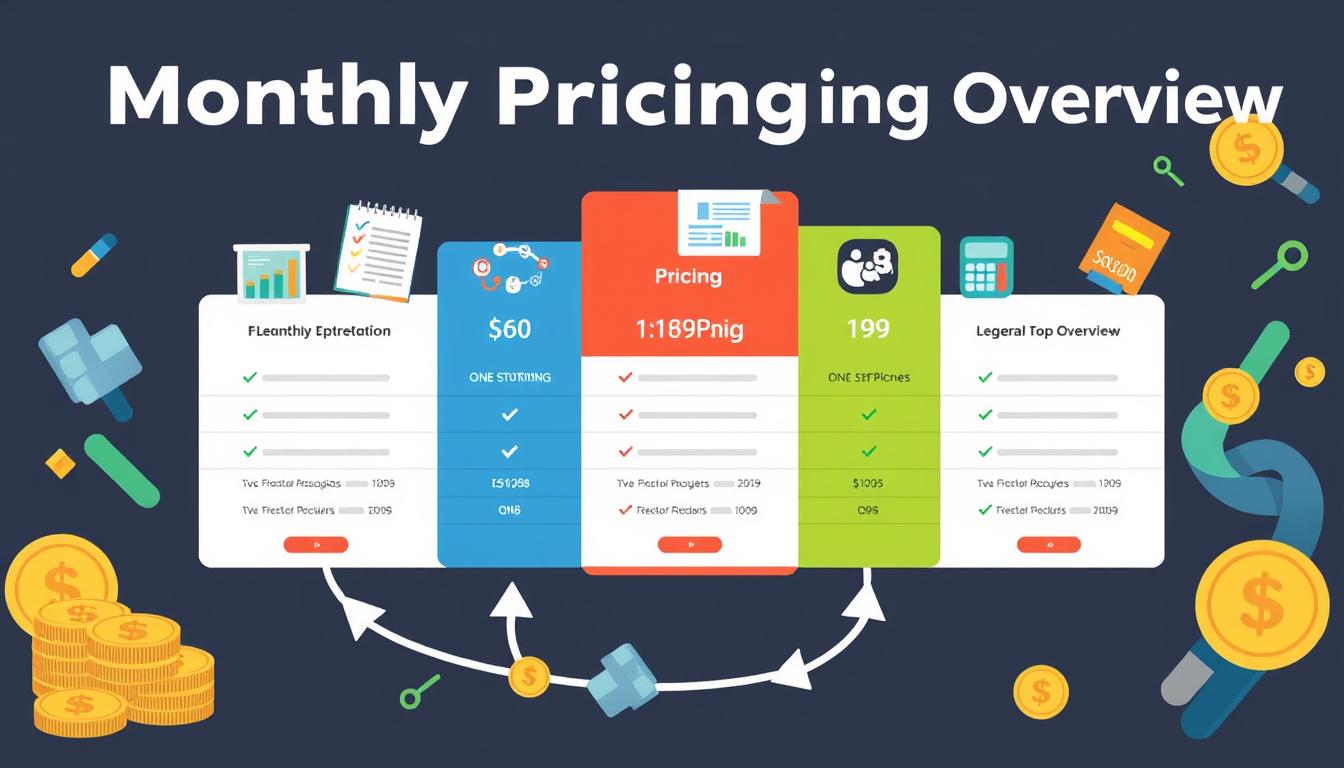
How much is quickbooks per month
Many users want to know the QuickBooks pricing for monthly costs. QuickBooks has various plans for different business needs. This lets users pick the right plan for their financial management.
What affects the QuickBooks monthly cost includes the QuickBooks edition, payment frequency, and extra features. This guide will explain the details of these plans. It will help you understand the costs of using QuickBooks for your business.

How does quickbooks work
QuickBooks is a key accounting software made by Intuit. It helps businesses manage their finances well. It works on a cloud-based platform, so users can access their financial data from anywhere.
This software makes tasks like bookkeeping, invoicing, and financial reporting easier. In this article, we’ll look at QuickBooks’ main features, its users, benefits, and challenges. We aim to help you understand how it can improve your financial management.

How do you record insurance payment in quickbooks
Recording insurance payments in QuickBooks is key for good insurance accounting. It helps business owners manage their money well and keep their books right. This is vital for the health of any business.
In this guide, we’ll show you how to record insurance payments easily. We’ll use QuickBooks guides and tips from accounting experts. This way, you can keep your financial records up to date.
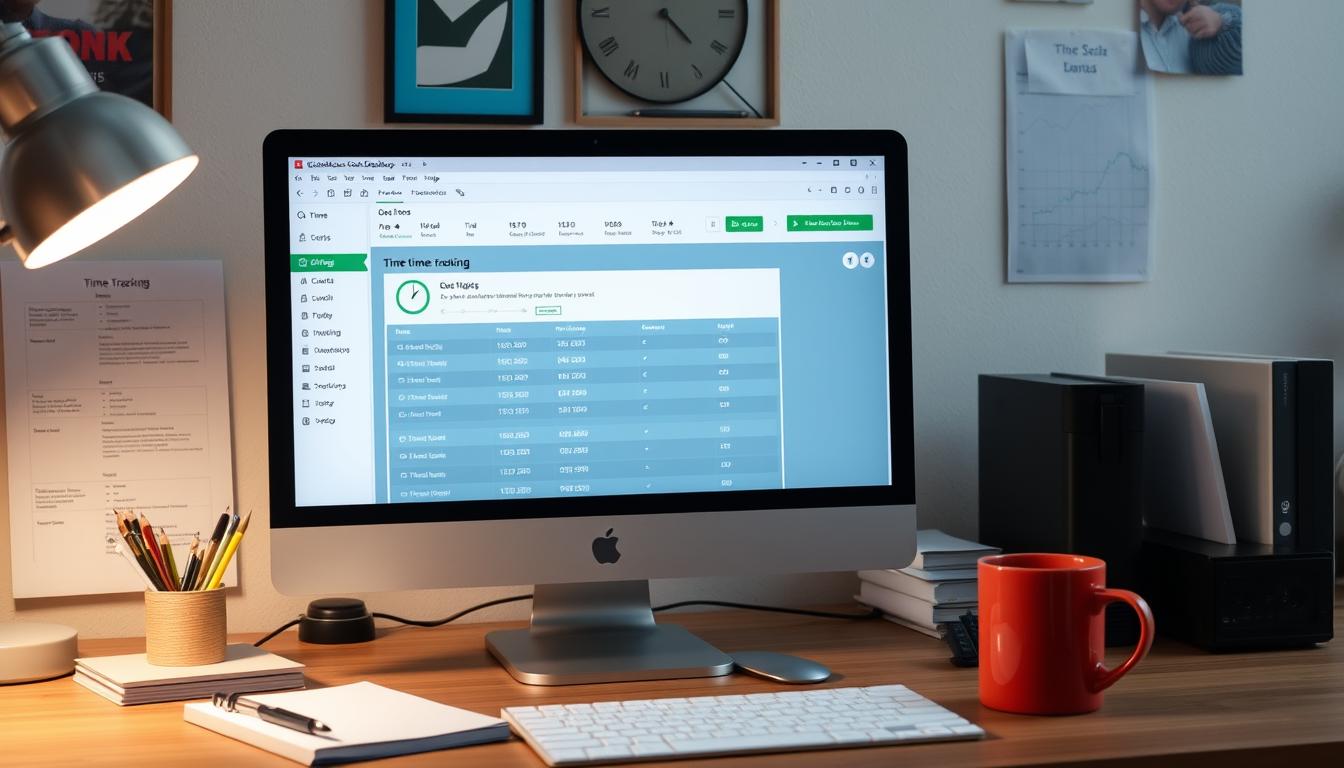
How do you clock in hours in quickbooks desktop
In today’s fast-paced world, tracking time well is key for good payroll management. This article will show you how to clock in hours in QuickBooks Desktop. It’s a top accounting software that makes managing tasks easier. By learning how to track time, businesses can work better and pay employees right.
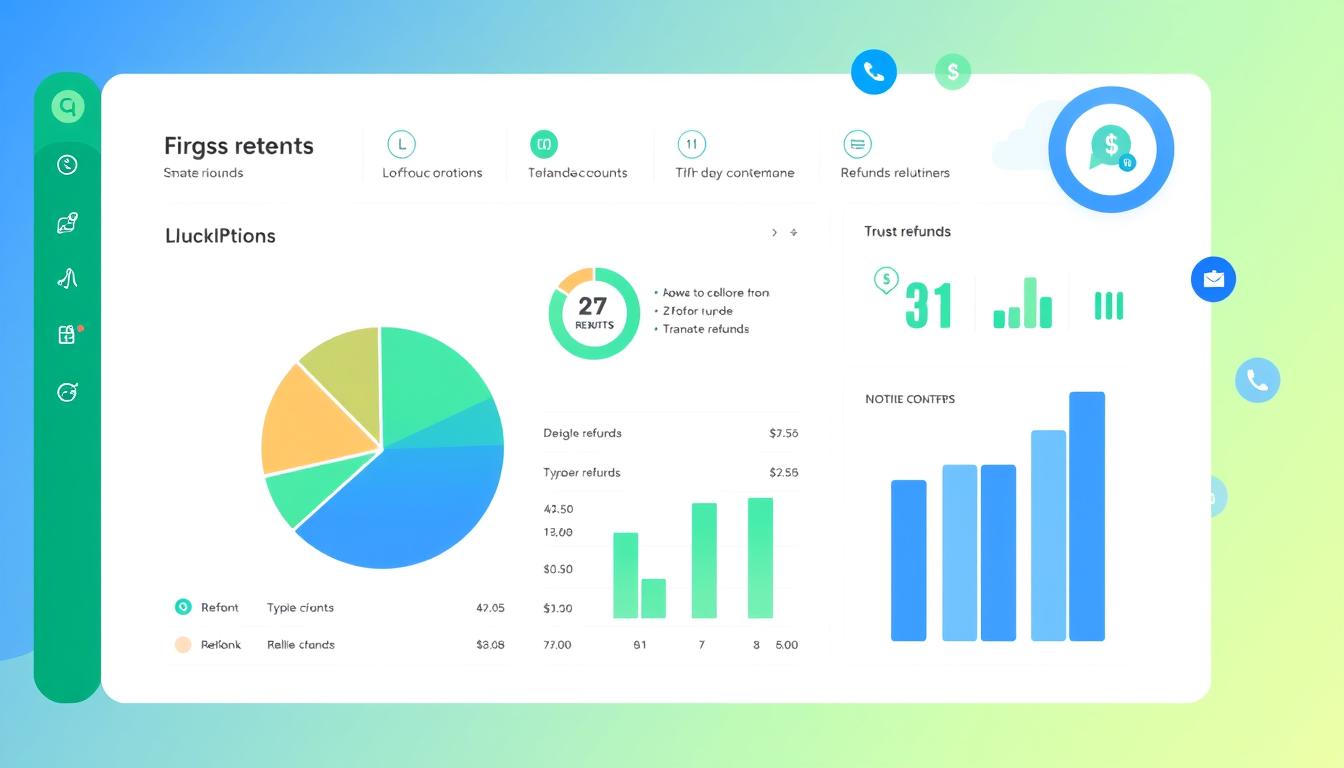
How are refunds categorized in quickbooks online
Knowing how to categorize refunds in QuickBooks Online is key for good financial management. It’s important to record refunds correctly to keep your finances clear. Businesses of all sizes can benefit from knowing how to do this right.
This knowledge helps make your financial records clear and accurate. It’s a basic step that can make a big difference.

Does quoteiq accept quickbooks online payments
Payment solutions are key in today’s business world. Many are looking into how platforms like QuoteIQ can improve their invoicing. A big question is: does QuoteIQ accept QuickBooks Online Payments? This article explores how QuoteIQ and QuickBooks Online Payments work together.
This shows how important it is to have good payment integration. It helps with cash flow and makes operations smoother. We’ll look at the benefits of using QuoteIQ with QuickBooks Online Payments. Plus, we’ll show you how to set it up.

Can you delete history under audit log quickbooks online
It’s important to know if you can delete entries from the audit log in QuickBooks Online. This is key for businesses that focus on financial accuracy and follow the rules. The audit log QuickBooks Online keeps a detailed history of changes to financial data. This ensures that all account activities are recorded clearly.
By tracking these changes, the audit log is crucial for good financial management. We will look into why the audit log matters and what happens if you try to delete its records. We’ll see how these actions impact your QuickBooks history.
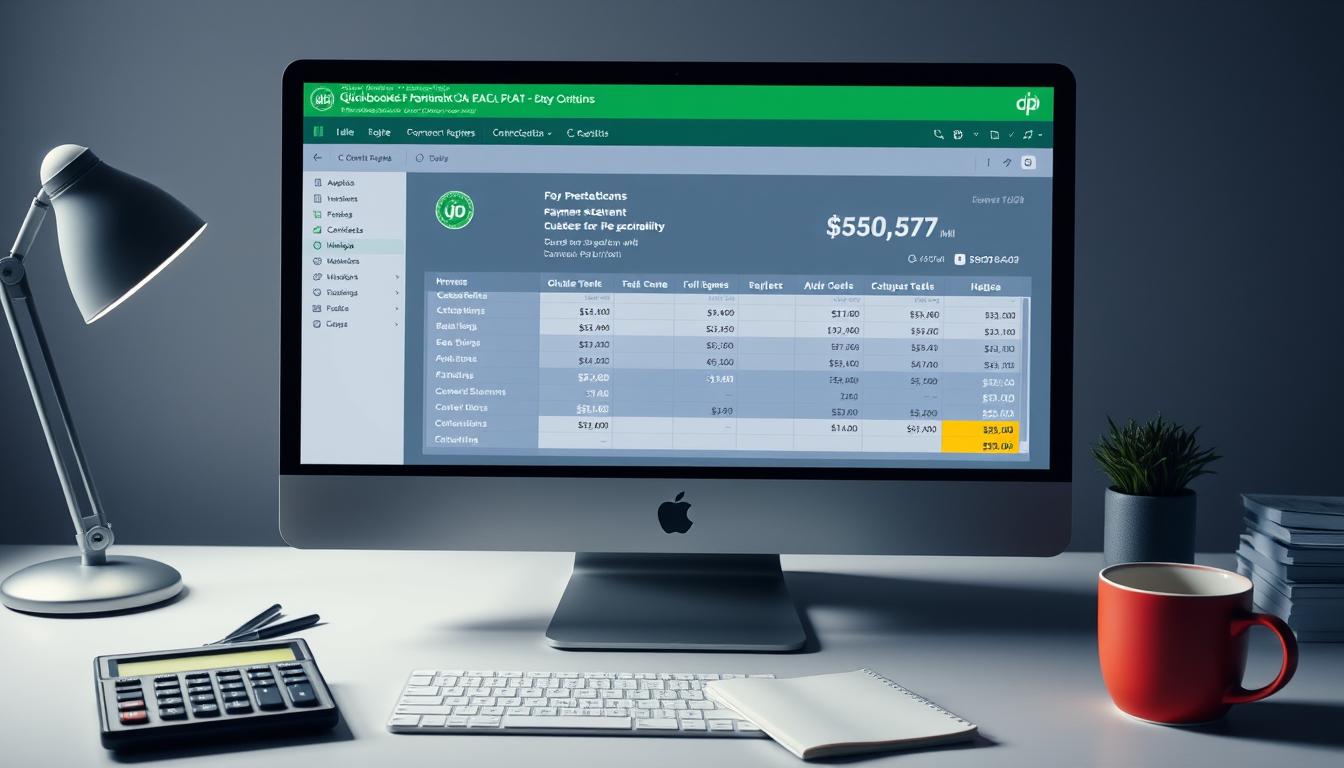
Can quickbooks recievepayment by statements rather that individual invoices
In today’s fast-paced world, businesses need quick and easy ways to handle payments. Many QuickBooks users wonder if they can pay by statements instead of invoices. This method makes accounting simpler for companies.
Using payment statements has big advantages over traditional invoices. QuickBooks helps businesses manage payments better. This article will show you how payment statements work in QuickBooks and how they can help your business.
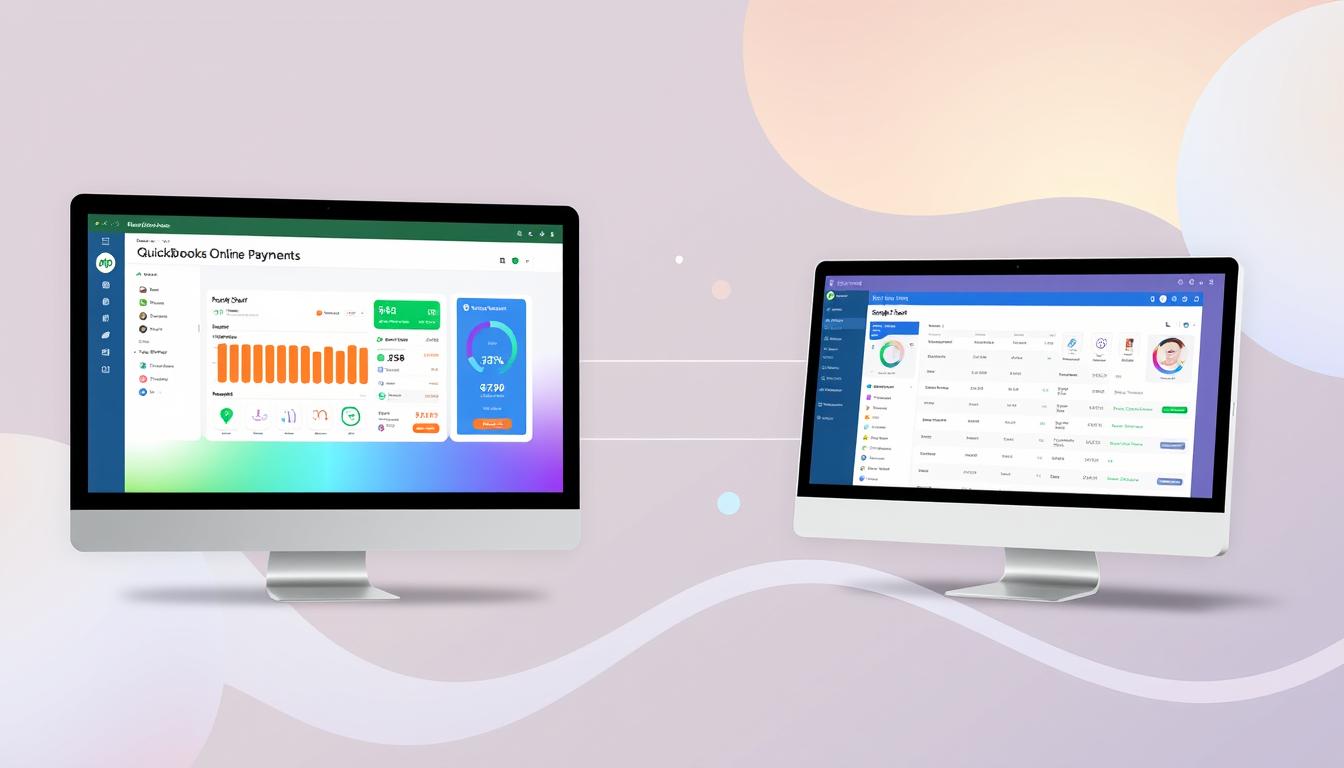
Can quickbooks online payments work with simple start
For small business owners, the question of whether QuickBooks Online Payments and QuickBooks Simple Start can work together is key. This integration is vital for managing finances effectively. It helps users handle transactions smoothly while using a basic accounting tool for solo businesses.
QuickBooks Online Payments lets users take payments online, making cash flow management easier. In this article, we explore how these two tools can boost efficiency for small businesses.